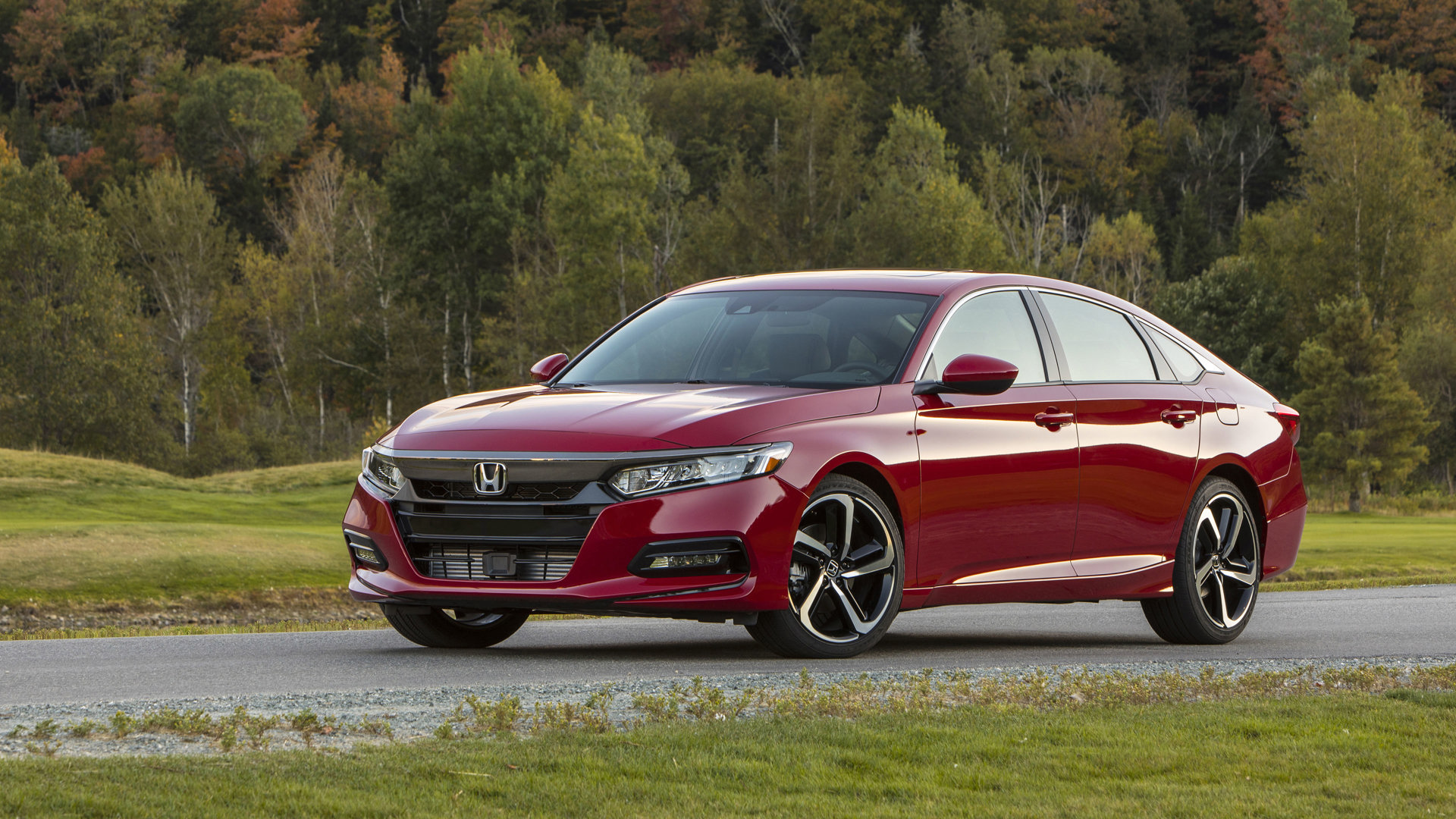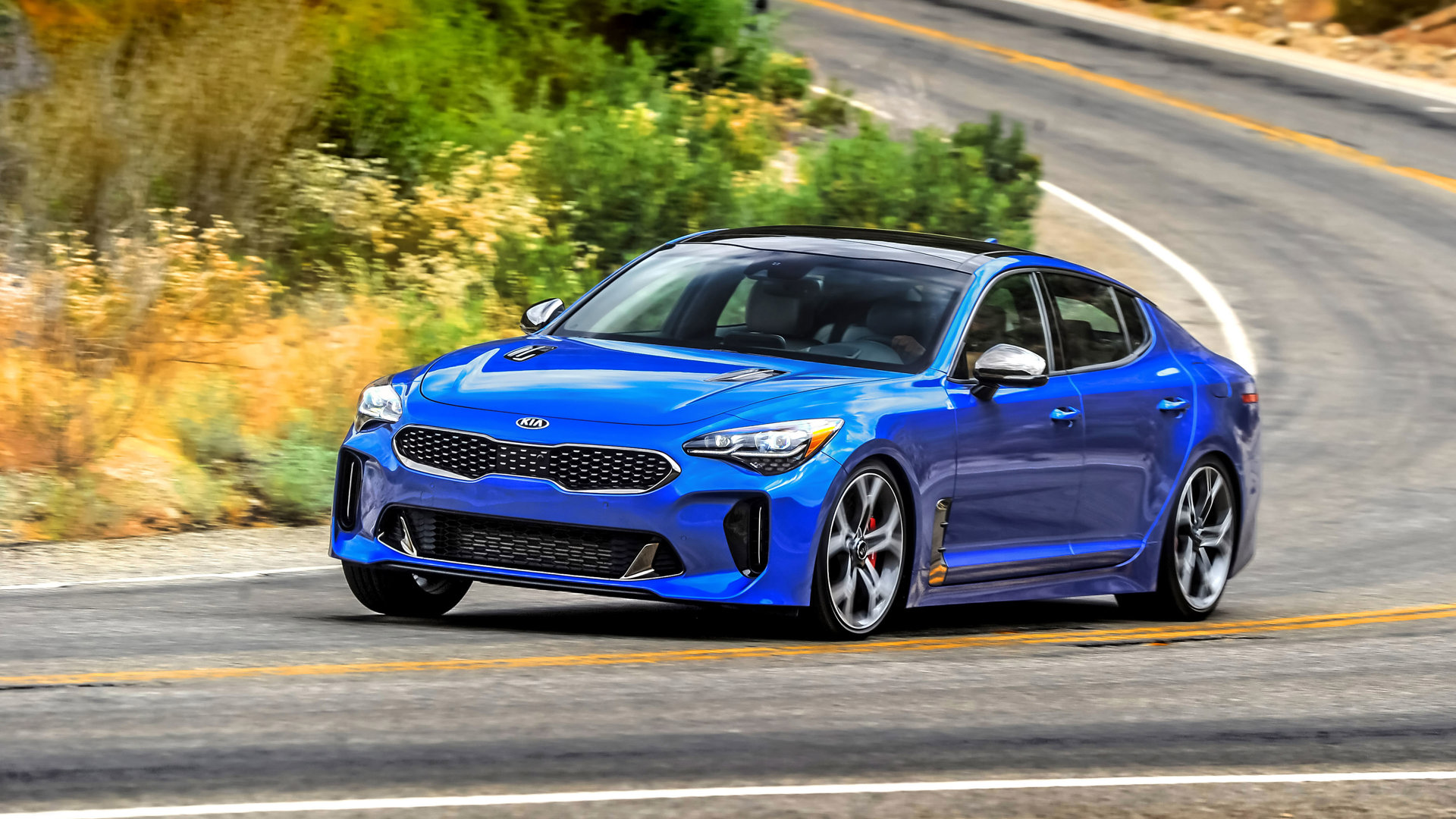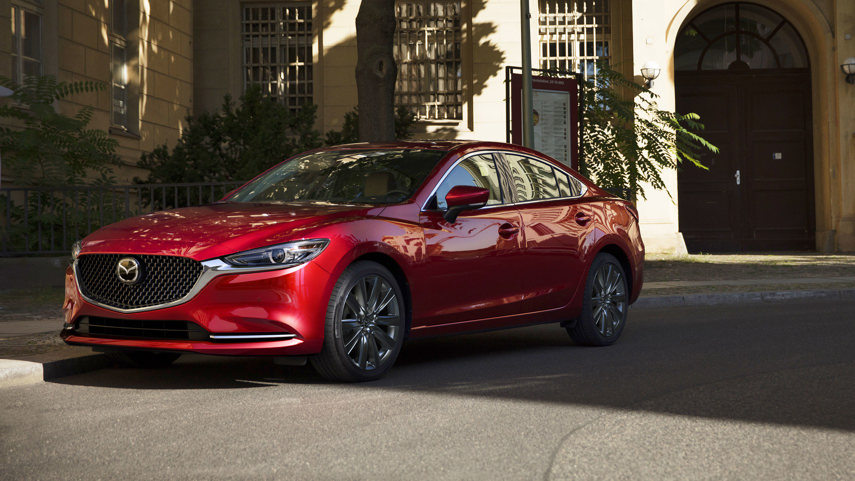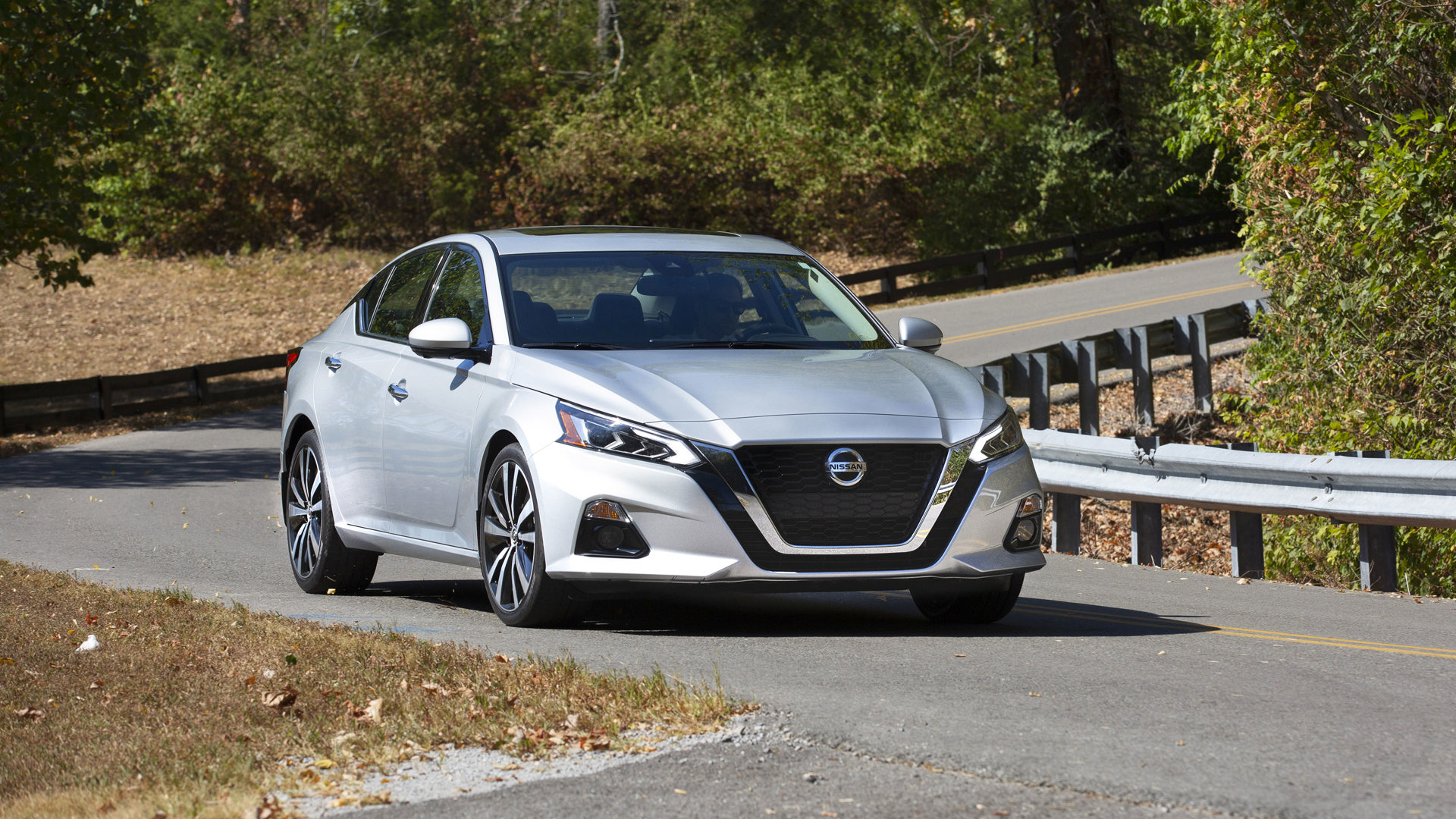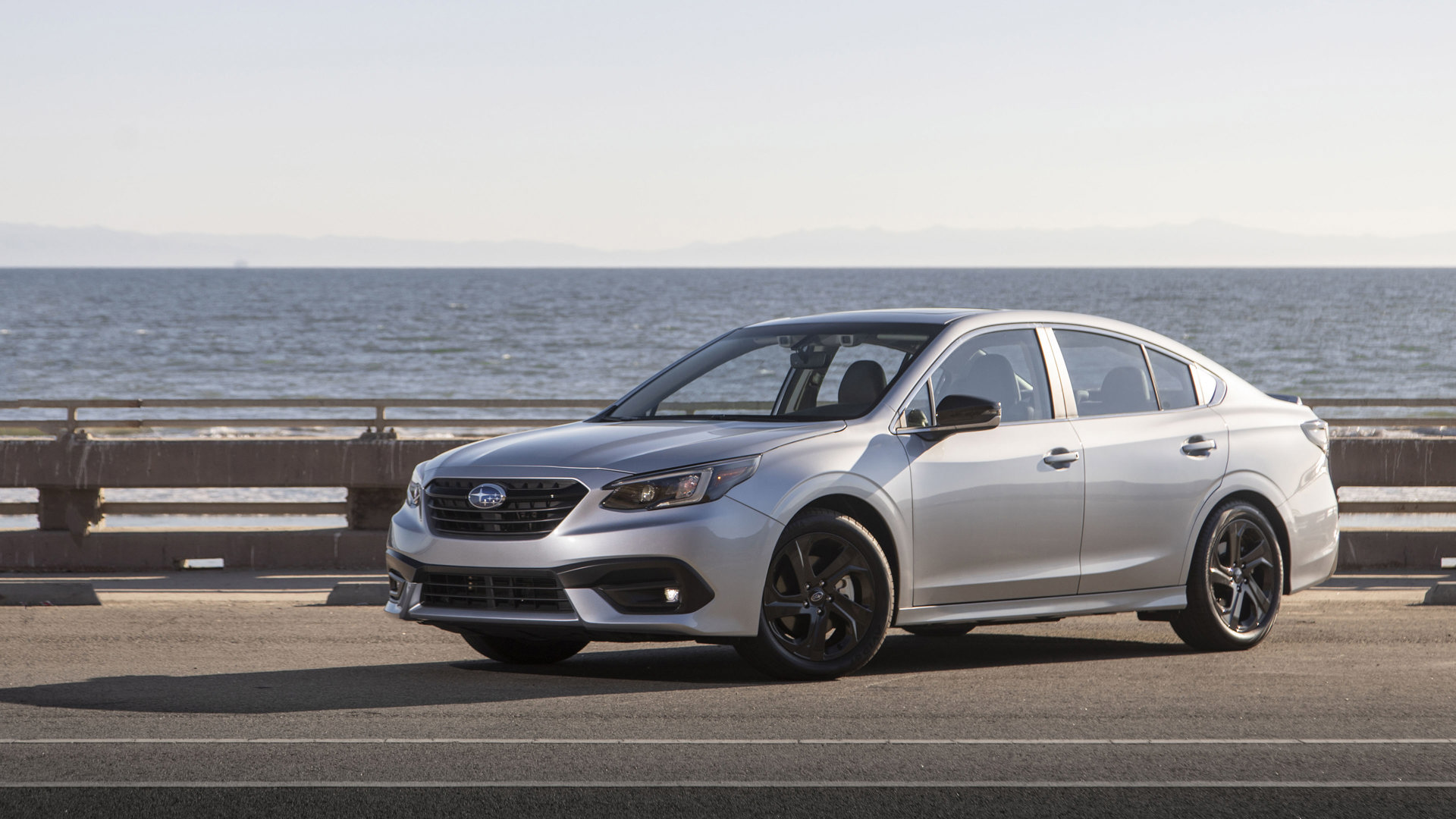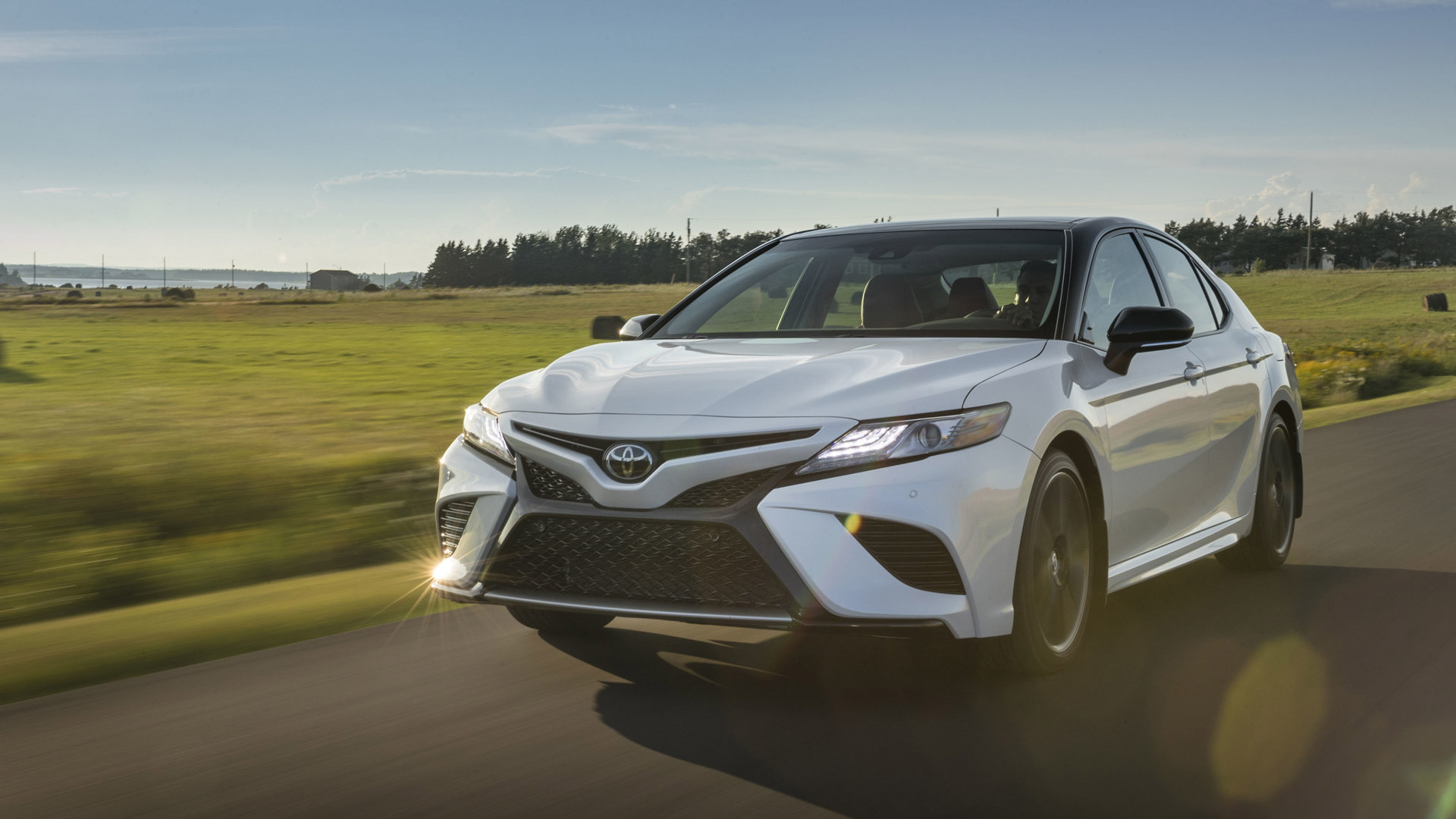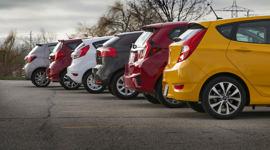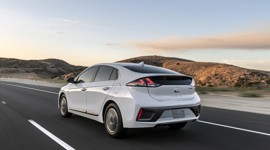Technically, any car is a family car if your family fits in it, but the label typically applies to the mid-size sedans that were once common in suburban driveways. Now, those neighbourhoods are full of SUVs and crossovers that many of today’s parents prefer for their extra interior space, cargo capacity, available all-wheel drive traction, and the feeling of safety that comes with piloting a taller and more substantial vehicle.
Today, there are fewer automakers selling mid-size sedans than in the past, but a number of brands remain committed to this segment. Five of the finalists in the autoTRADER.ca Awards family sedan category have been redesigned or significantly refreshed since 2018, and the sixth was a brand-new model introduced that year.
Our autoTRADER.ca experts have evaluated every single car in this segment and voted to advance these finalists to the last round of voting. The manufacturers represented here have invested a lot of money to keep these well-known models competitive in a changing marketplace. Landing on a list of six finalists from a longlist of 20 models was not easy, but our judges evaluated each model across 12 different criteria to get to this shortlist.
In the final round of voting, our experts will consider factors like value, easy-to-use features and technology, practicality, space and comfort, safety, performance, and fuel economy to determine which family car will rise above the other five contenders. We will announce the winner from this group on January 20, 2020. Until then, allow us to present, in alphabetical order, the family sedan finalists in the 2020 autoTRADER.ca Awards.
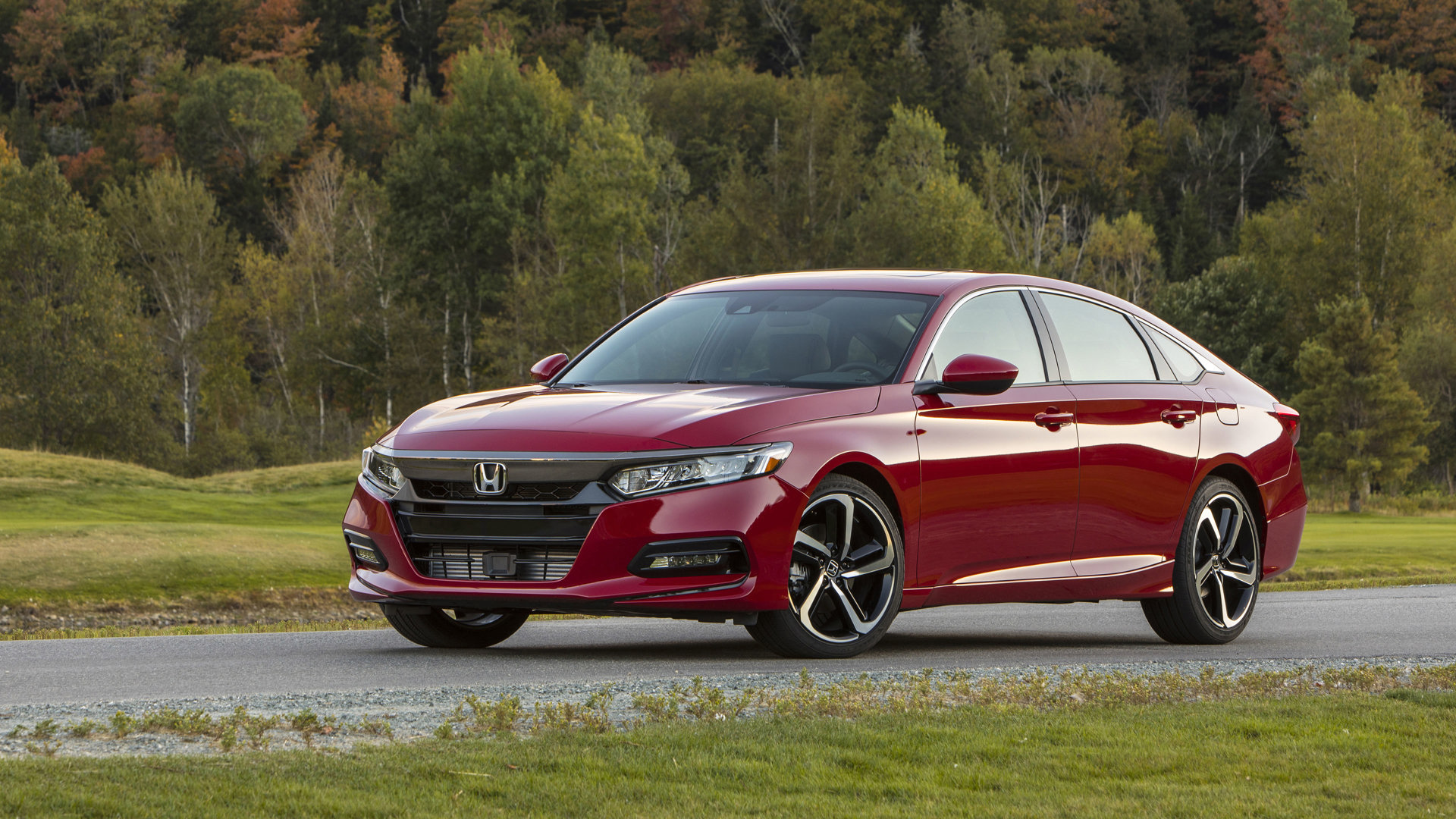
Honda Accord
Honda reinvented the Accord in 2018, dressing it in a more stylish body and dropping new turbocharged engines under the hood. Notable is the availability of a six-speed manual transmission with either the standard 1.5L or optional 2.0L engine. The Accord is the only family sedan finalist – and, the only mid-size sedan, period – to offer a stickshift.
The Accord’s 1.5L turbo engine makes 192 hp and 192 lb-ft of torque, which the 2.0L bumps up to 252 hp and 273 lb-ft. Automatic transmission options are a continuously variable auto (CVT) for the 1.5L and a 10-speed with the larger engine. While the 1.5L Accord models use a traditional gearshift lever, 2.0L models trade it for push-button transmission controls that we find less intuitive to use.
Even with an automatic, the Accord is a great car to drive: it’s poised and refined. The firm ride hints at sharp chassis responses, and the 2.0L turbo feels more powerful than its specs suggest. At the other end of the spectrum, the 1.5L makes generous torque and returns good highway fuel economy. Plus, the Accord’s cabin is vast, comfortable for all passengers, is luxury-car refined, and can be optioned with lots of useful technology. The Honda Accord is well-rounded and shows its creators have an excellent attention to detail.
Honda makes its full suite of active safety and driver assist features standard in all Accord models. Our reviewers, however, have criticized the Accord’s forward collision warning and lane keeping assist systems for being too sensitive.
2020 Honda Accord pricing starts at $28,490 in LX trim. The Touring 2.0 is the top of the range and rings in at $40,190.
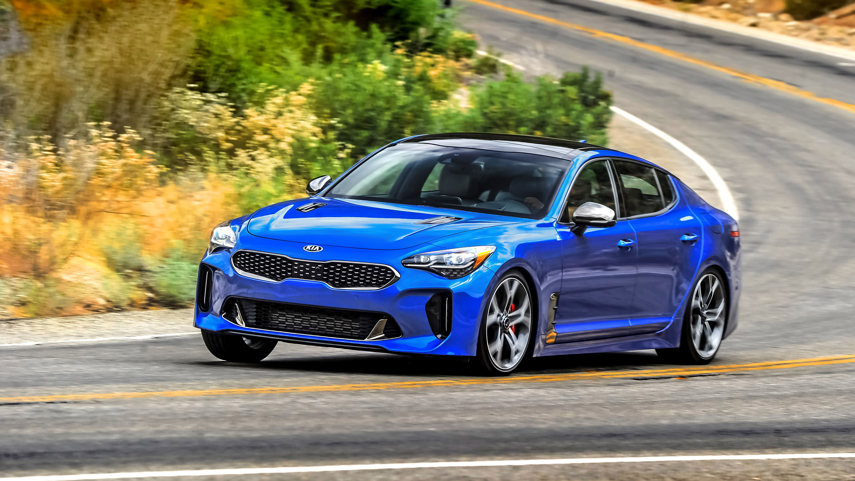
Kia Stinger
The Kia Stinger is by far the most interesting and arguably the most stylish vehicle among our family sedan finalists. It builds on the fastback concept created by luxury cars like the Porsche Panamera and Audi A7, but at a more accessible price point. Despite a friendlier price, the Stinger shows that Kia has big aspirations. The Stinger GT is a legitimate sport sedan with its 365-hp twin-turbo V6, Brembo brakes, and adaptive suspension. Meanwhile, the entry-level, four-cylinder-powered GT-Line brings the car’s price below that of Kia’s comparatively dull Cadenza. All-wheel drive is standard with either engine and our reviewers have praised it for endowing the Stinger with excellent winter traction.
As with any Kia model that reaches for luxury territory, the Stinger suffers mainly for the brand’s decidedly mainstream reputation. A beautifully trimmed cabin helps in that regard, but tall passengers will note a lack of headroom under the sleek roofline. Also, the entry-level GT-Line can’t be optioned with a sunroof, which seems like a strange omission.
Regardless of what trim you buy, the Stinger looks more expensive than it is, thanks to seriously slick styling. For the 2019 model year, Stinger pricing ranges from $39,995 to $49,995.
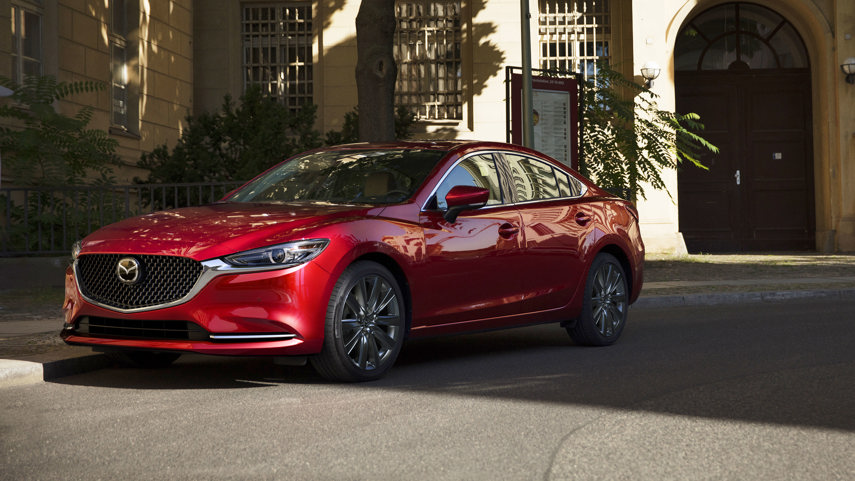
Mazda6
Among traditional family sedans, the Mazda6 is widely considered to be the driver’s choice, thanks to a well-sorted chassis and responsive powertrains. This is the oldest design among our finalists: The Mazda6 was last redesigned in 2014 and refreshed in 2018 with updated styling and an optional turbocharged engine, but its styling and chassis have aged well.
That 2018 update also brought a new Signature trim level that turns the Mazda6 into a near-luxury sedan and fits well with the car’s already upscale look and a driving feel that belies its affordable entry price. Apple CarPlay and Android Auto are standard, and some upscale features like a heated steering wheel, radar cruise control, and ventilated seats are also available.
On the downside, as of 2019, the Mazda6 makes do with an outdated infotainment system. The turbo engine is a torque monster, but doesn’t sound like much and lacks the sporty power delivery that most turbocharged motors are known for. Both the Honda Accord and Toyota Camry boast powertrains with more personality. The base engine is much less powerful, but in some ways, it’s more enjoyable to drive enthusiastically.
2019 Mazda6 pricing starts at $27,350 in GS trim; the Signature package goes for $39,150.
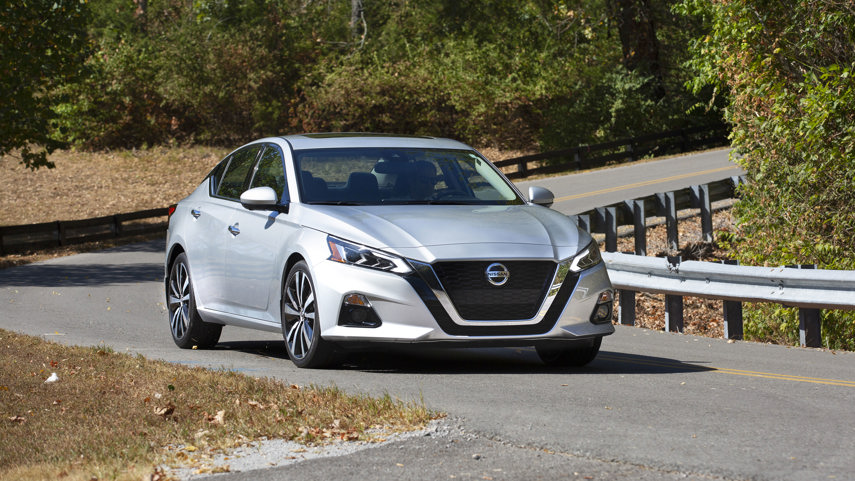
Nissan Altima
For the Altima’s 2019 redesign, Nissan took a page from Subaru’s playbook and is including all-wheel drive as standard equipment. The Altima presents a bold face built around the brand’s V-motion styling language and an overall look that takes after the posher Maxima.
What the Canadian Altima doesn’t have is a fun powertrain. Here, all cars come with a 182-hp four-cylinder engine, while U.S. buyers can option the Altima with a turbocharged four-cylinder that uses Nissan’s variable compression ratio technology. This may not be an exciting car, but its smooth, quiet ride feels rich, and the 2.5L engine delivers impressive real-world fuel economy. The Altima’s strength is in its ability to pull off effortless long-haul highway drives while keeping its occupants comfortable – the Zero Gravity seats are some of the industry’s most comfortable. A large trunk means four people can travel without having to pack light.
On the negative side, our reviewers have criticized the Altima’s interior for some cheap bits, and the backup camera displays a low-quality image to the car’s central touchscreen.
Altima pricing starts at $28,098 in S trim, and tops out at $35,098 for the Altima Platinum.
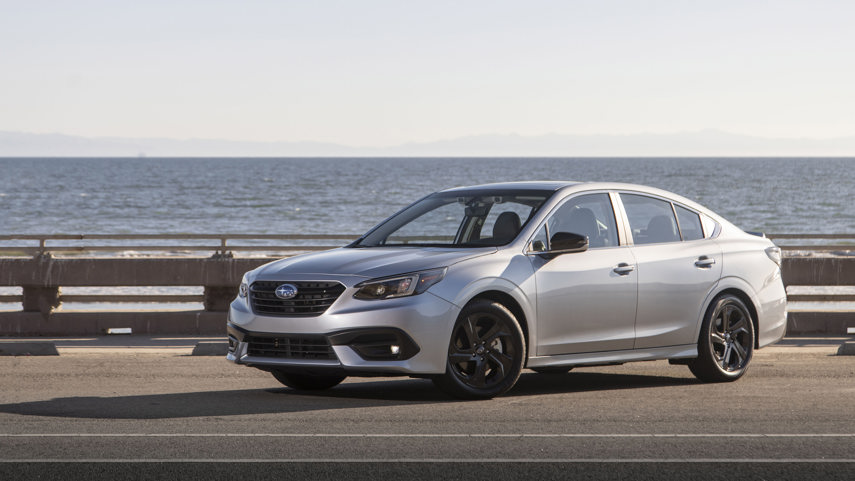
Subaru Legacy
While the Subaru Legacy has been a very good car for a very long time, the autoTRADER.ca Awards voting process coincided with the arrival of an all-new Legacy for the 2020 model year. As before, the Legacy is all-wheel drive all the time, but the new car is the first mid-size Subaru sedan since 2012 to offer an optional turbocharged engine. The new 2.4L turbo makes 260 hp, but most trims are once again served by a 2.5L engine with 182 hp.
The Legacy’s interior is a high-tech step forward with its available, vertically oriented 11.6-inch infotainment display, but even base cars get a pair of 7.0-inch touchscreens. While the big screen setup is the one that stands out, both arrangements are notable for putting more information on display at once, which should reduce the need to toggle between different menus while driving.
Subaru has also upped the Legacy’s safety quotient, making the EyeSight active safety suite standard across the line, and there’s a newly available driver distraction mitigation system.
For too long, Subaru relied on the Legacy’s standard AWD to sell cars. As a result, the outgoing model was boring to drive with the four-cylinder motor and thirsty with its optional six-cylinder. We expect the new design to address both of those concerns.
Subaru Legacy pricing starts at $26,395 in Convenience trim, while the top of the range is the $39,095 Premier GT.
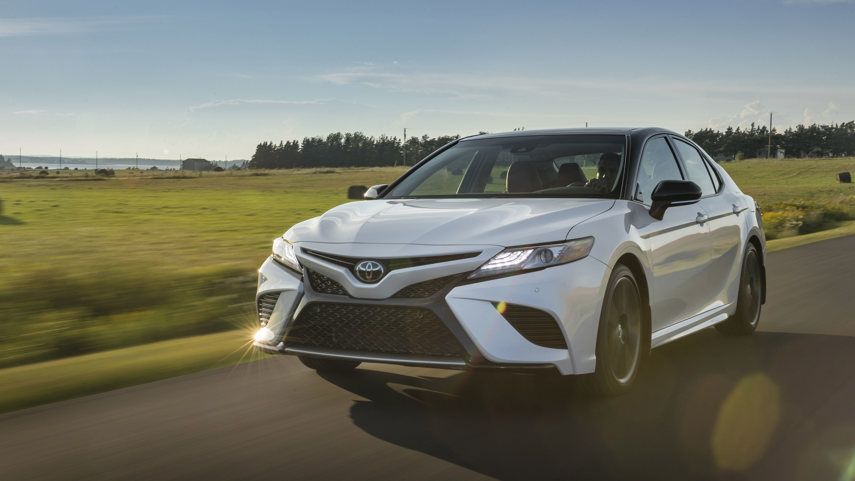
Toyota Camry
There are many good reasons why the Toyota Camry is among our family sedan finalists. This evergreen mid-size sedan is a perfect storm of reliability and many of the other traits that family vehicle shoppers look for. The Camry is roomy, efficient to run, and a great way to cover long distances with zero drama. The trusty sedan is also more stylish than ever with an aggressive design that aims to banish its reputation for being boring.
Toyota redesigned the Camry in 2018 around a new platform that makes it more engaging to drive without alienating the car’s traditional customer base. A new TRD (Toyota Racing Development) trim promises to bring entertaining handling to the Camry for the first time with a lower ride height, a stiffer suspension, and more powerful brakes. While it certainly sounds like an interesting package, we can’t help thinking of a Camry TRD as the answer to a question no one was asking.
Although Toyota has made great strides in broadening the Camry’s appeal, it still lags behind in terms of value, with some trims lacking expected niceties like a heated steering wheel and ventilated seats.
The 2020 Toyota Camry lineup starts with a straightforward LE trim, priced at $26,620 and powered by a 203-hp four-cylinder engine. Atop the range is the XLE V6, a $41,590 trim whose 301-hp V6 is among the strongest in the segment. Somewhere in the middle is a TRD (Toyota Racing Development) package that’s new for 2020 with bigger brakes, stickier tires, and a firmer suspension.
